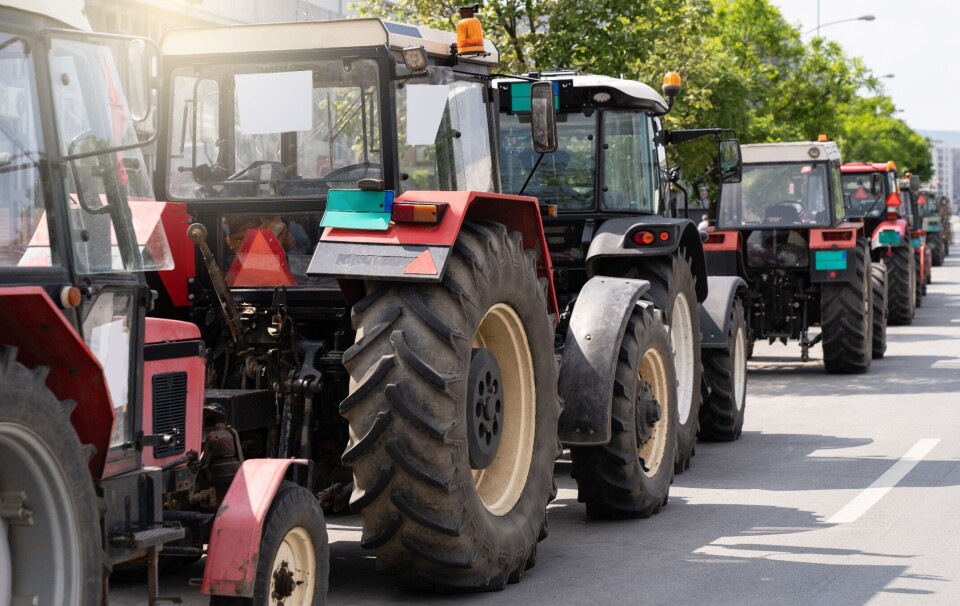-
GR, GRP, PR: What do the French hiking signs mean?
What are the coloured symbols on French hiking routes? Who paints them there and why?
-
Miss France: glam - but not sexy
Miss France organiser Geneviève de Fontenay fears she is fighting a losing battle to protect her 'Cinderella dream' from vulgarity
-
Normandy Landings visit for Queen
Queen Elizabeth has confirmed a state visit to France, ending rumours she is handing over duties to Charles
Trades come alive at ‘medieval’ site
VISITORS are invited to learn about 13th century building techniques at a site in Yonne, Burgundy.
VISITORS are invited to learn about 13th century building techniques at a site in Yonne, Burgundy, where a medievalstyle castle is being built from scratch
VISITORS are not usually welcome at building sites but not so at Guédelon, a site in Burgundy which is being run entirely along medieval lines.
Its castle-builders of all trades are keen to show off their skills, whether they are woodcutters, carpenters, blacksmiths, tile makers, stonemasons or basket and rope makers. Master mason Florian Renucci, in charge of daily organisation, checks that the work carried out is historically, architecturally and archaeologically correct.
Learning to use 13th century building techniques effectively has not been easy, he says, especially when the walls are three metres thick and the stone is being quarried locally, by hand (the site is located in an old quarry).
“It’s ironstone, a very hard stone that we had to learn to extract,” he said. Quarry workers also had to master the art of searching for lines of weakness in blocks of sandstone, before drilling holes and inserting steel wedges with sledgehammers, creating shock waves to neatly split the rock.
Mr Renucci said building the castle has been a tremendous learning experience not just for his team, but for historians who now throng to the open-air site. “We do not have a manual of medieval architecture. Our research department is anything that’s more than 1,000 years old. To calculate the ratio between wall thickness and room size and to calculate the span of my rib vaulting, I put my trust in what has held up elsewhere. We are building so as to understand and we’re a long way from having exhausted the subject.”
Much of the work carried out at Guédelon is based on medieval financial records, illuminated manuscript illustrations, cathedral stained-glass windows and the writings of contemporary chroniclers. These provide evidence of the tools and building techniques of the time. Project leaders also examined existing castles like those at Ratilly (Yonne), La Motte-Josserand (Nièvre), and Yèvre-le-Châtel (Centre).
The Guédelon project, using local stone in a woodland setting, helps us understand our history but also offers lessons for today, in an age increasingly interested in sustainable building that preserves the environment.
Members of the public are encouraged to observe and learn skills such as making wattle and daub, rubble walling, firing terracotta roof tiles, using limebased mortar and making hemp ropes.
Stone quarrying, the building of vaulted ceilings, blacksmiths’ work and the assembly of roof timbers are among other activities which visitors learn about and which are unlike any modern building site.
Work began in 1997 and is expected to be completed in 2025 – and it offers the chance to witness the building of a castle during the various stages of its construction. It was the brainchild of Michel Guyot, owner and restorer of the Yonne’s historic Château de Saint-Fargeau. He became fascinated by understanding how castles were built after investigating the 13th century origins of his own.
The site had more than 310,000 visitors last year and is now one of France's major attractions Guided tours are available in English, French, German and Dutch.
It is also possible to volunteer for work placements, which are a chance to learn the techniques. About 700 volunteers take part each year, alongside about 40 professional tradesmen at any one time.
Places are unpaid, and require a small daily contribution for insurance and administration. You need transport and must find accommodation. Places for the public or for accompanied school groups last three days to a week; students in relevant subjects may stay for up to a month.
See www.tinyurl.com/CastleBuildingCourse






















